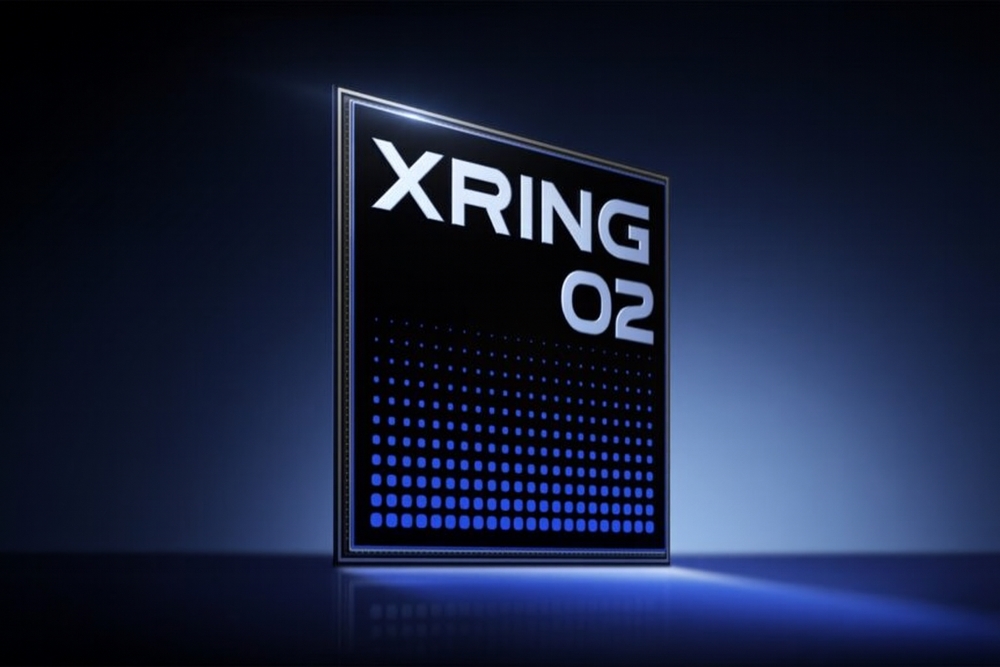Xiaomi is reportedly preparing to launch its second-generation self-developed SoC, the Xring O2, between the second and third quarters of 2026. According to tipster Fixed Focus Digital, the chip could debut around September next year. It will follow the company’s first in-house processor, the Xring O1, which marked Xiaomi’s entry into independent chip design.

The Xring O2 is expected to feature Arm’s latest public CPU architecture, which promises at least a 15% improvement in IPC (instructions per cycle) performance due to better scalability. Xiaomi may also integrate Arm’s Cortex-X9 ultra-large cores, which are set to appear in upcoming flagship SoCs such as MediaTek’s Dimensity 9500.

Xiaomi introduced the Xring O1 as a fully self-developed chip, despite early speculation that it was a custom design from Arm. The company clarified that although it licensed CPU and GPU IP from Arm, the architecture design, memory subsystem, and backend physical implementation were all completed in-house over four years. The Xring O1 was built on a 3nm process and served as the foundation for Xiaomi’s move toward semiconductor independence.
The chip made its debut in the Xiaomi 15s Pro, delivering impressive CPU performance, smooth gaming, and consistent thermal management. It often outperformed Qualcomm’s Snapdragon 8 Elite in Wi-Fi-based performance tests. However, its use of an external 5G modem impacted battery life during cellular use. The ISP enhanced low-light photography but still had room for improvement, while the NPU showed promise that remained untapped due to limited software support.
Industry sources indicate the company is also developing an in-house 5G modem, signaling ambitions that go beyond smartphones. According to tipster Digital Chat Station, Xiaomi plans to deploy the O2 across multiple product categories. The chip is expected to power smartphones, tablets, and wearables, and it could also support Xiaomi’s EVs.
The O2 is likely to be manufactured on TSMC’s 3nm N3E process. However, analysts warn that Xiaomi’s access to more advanced 2nm nodes may be limited by ongoing export restrictions.
If the timeline holds, the Xring O2 may debut alongside Xiaomi’s next flagship devices in late 2026, potentially expanding into the company’s broader ecosystem in the years that follow.
For more daily updates, please visit our News Section.
Stay ahead in tech! Join our Telegram community and sign up for our daily newsletter of top stories! 💡








